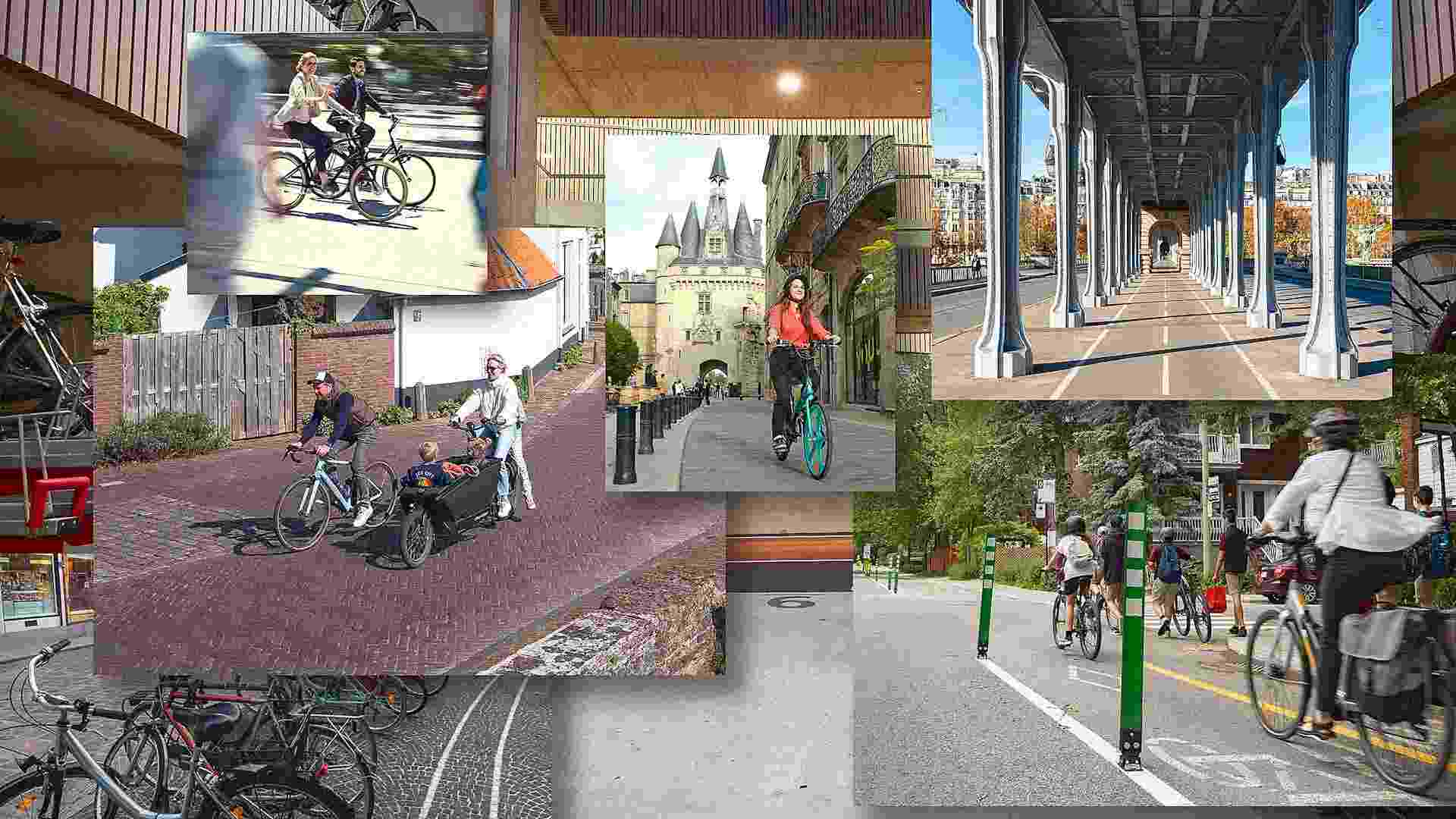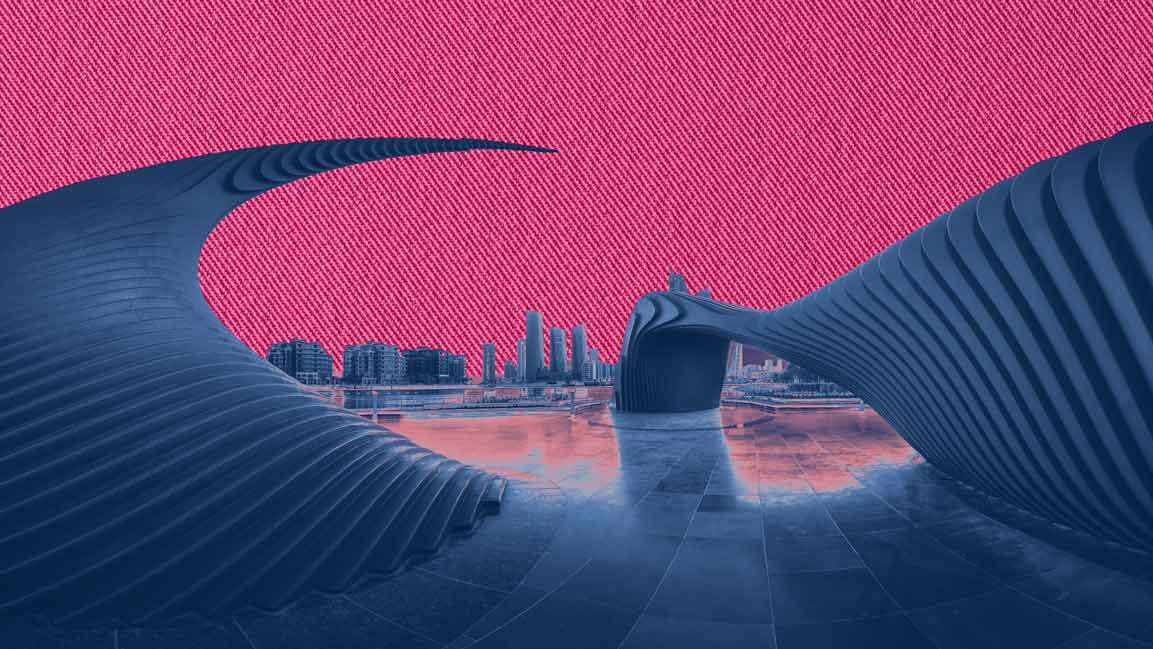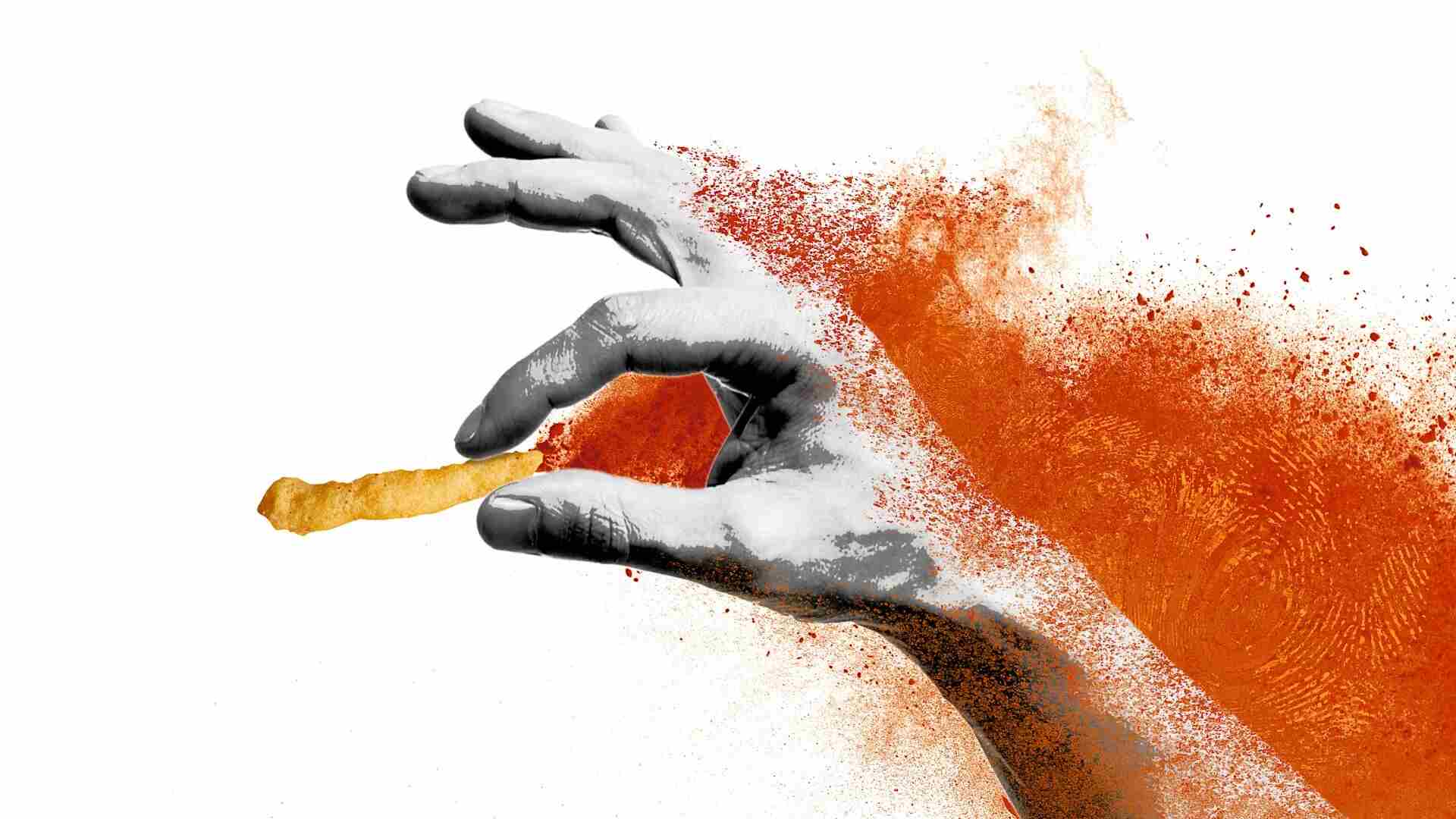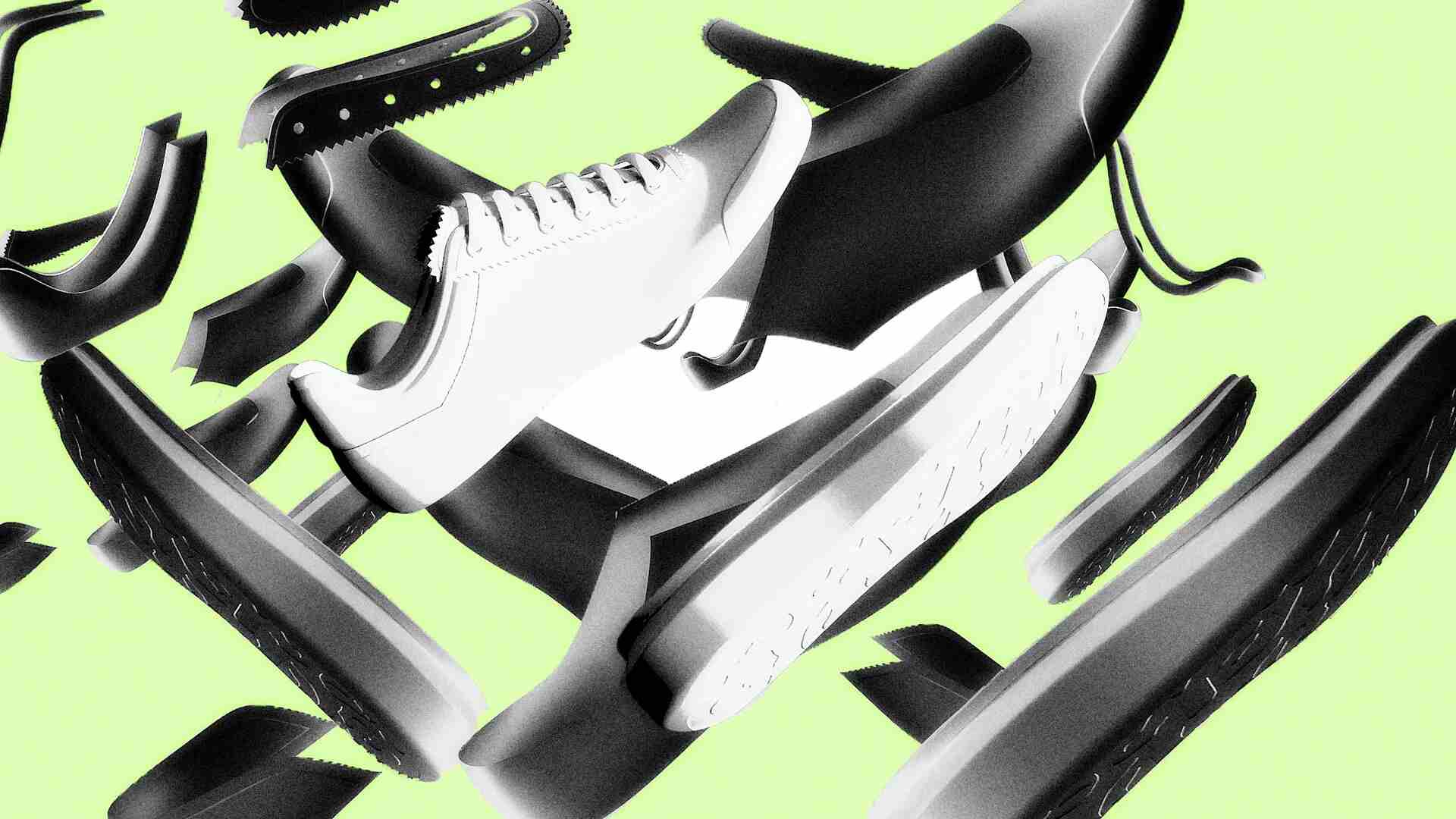- | 9:00 am
Clay, code, and culture. Why the Middle East’s design revolution is rooted in tradition
Combining heritage, empathy, and innovation, a new wave of design leaders redefines how design feels, functions, and connects.
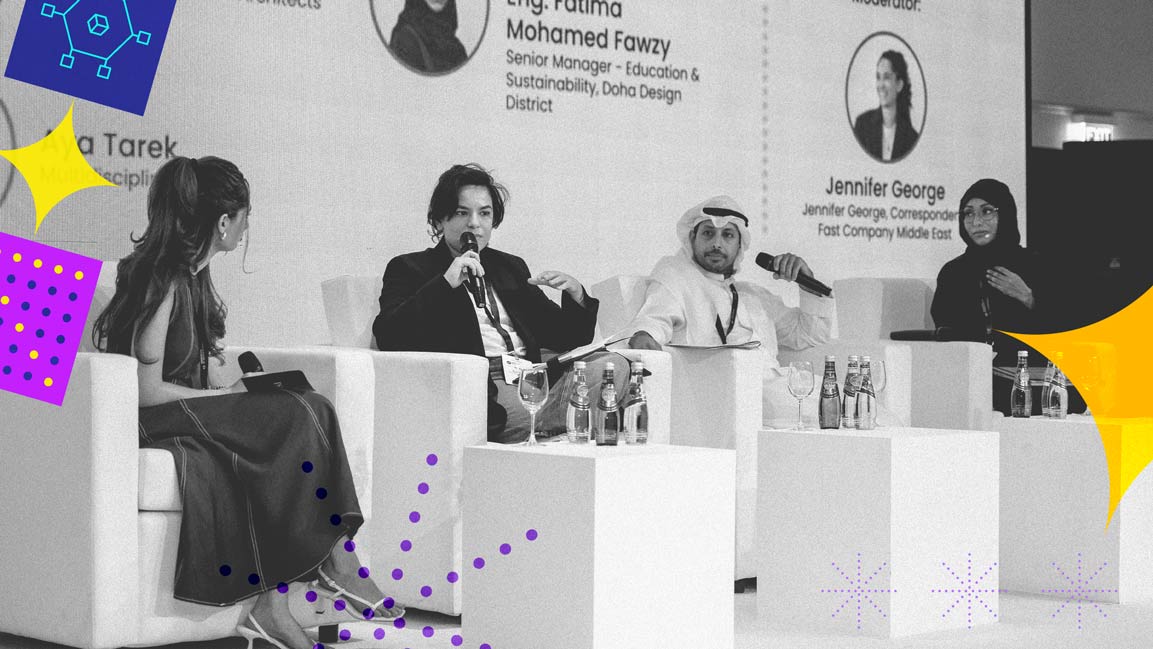
Design in the Middle East is stepping into a bold new chapter—one driven by empathy, innovation, and culture. From smart textiles to brand identities, design’s role expanded to what design does, not just how it looks.
It’s about solving real human problems with meaning and intention. Across disciplines, a new generation of creatives is proving that local context, cultural nuance, and heritage are launchpads for innovation.
DESIGNING FOR THE PEOPLE
Across the region, design is evolving to emphasize human-centered, culturally rooted, and contextually aware creativity. Whether it’s high-tech pilgrimage garments or a community-driven public mural, leading designers and brands focus on beginning with genuine human needs and stories.
For example, Saudi Airlines’ innovation, the Coolest Ihram, the white garment worn by Muslim pilgrims, embeds cooling technology into the fabric to “help regulate body temperature and reduce heat stress while respecting its spiritual integrity.”
Essam Akhonbay, Vice President of Marketing at Saudia Airlines, says Ihram is “more than just clothing—it’s a sacred symbol of equality, humility, and devotion.”
Similarly, muralist Aya Tarek highlights the importance of engaging with local communities before creating artwork. She stresses that “every neighborhood is different,” and she takes the time to “spend time with locals, understand their stories, and avoid imposing my own perceptions.” She believes design should “hold space for multiple identities and visions.”
Pentagram partner Samar Maakaroun adds a linguistic dimension to this human-centric approach, underscoring the power of bilingual co-creation. She sees “designing English and Arabic together” not simply as translation but as “a conversation, an emotional exchange.”
BALANCING TRADITION AND INNOVATION
Ultimately, it is about balancing honoring tradition and embracing modernity. Abdulrahman Almuftah, a Qatari designer exploring local materials, shares that growing up in Qatar, where materials weren’t always readily available, inspired him to prove that “local resources can thrive in contemporary design.” His research into Qatar’s unique clay- linked heritage craft with new possibilities, a sentiment echoed by Tarek’s approach to public art, which involves “careful cultural negotiation and humility.”
Highlighting a similar balance in innovating the Irham, Akhonbay says Saudia Airlines’ biggest challenge was “embedding advanced cooling technology into a sacred garment without compromising spiritual significance.”
With each case study and anecdote, a renewed design philosophy becomes clearer: innovation is most meaningful when it respects and evolves tradition rather than replacing it.
SUSTAINABILITY BEYOND MATERIALS
In the Middle East’s design discourse, sustainability takes on a nuanced meaning. Almuftah approaches it pragmatically, explaining that “not all materials are sustainably sourced, but if they’re durable, you buy and replace less frequently. That’s sustainability too.” He also emphasizes the importance of avoiding oversaturation: “I don’t design objects that already exist in abundance. For example, I wouldn’t design another chair, but a birdhouse—a neglected category.”
This aligns with Akhonbay’s emphasis on care as the foundation of innovation. He believes that when you “care about your users and their challenges,” ideas turn into impact.
TECHNOLOGY IS A TOOL, NOT A CRUTCH
The new generation of designers in the region recognizes the transformative potential of technology but stresses thoughtful application.
Maakaroun experiments with AI to inspire new design directions, noting that AI “can analyze thousands of images to find cultural symbols, but it must be a tool to enhance, not replace, human creativity.”
Akhonbay recounts how AI tools accelerated the design process, sharing that they “used tools like Midjourney and Adobe Firefly to create concepts quickly, helping [them] meet tight deadlines without losing depth.”
Almuftah cautions that technology should not dilute the soul of design, observing that “AI-generated designs can lack soul if not used thoughtfully,” and that “precision and budgeting are where it adds [most] value.” For him, “[AI] itself isn’t the problem; it’s about how you wield it.”
DESIGNING FOR DIVERSE REALITIES
A shared ethos among creators is deep empathy, understanding the complexity of human experiences, and embracing diversity.
Fatima Mohamed Fawzy, Design Manager at Msheireb Properties, explains how urban design in Doha is not for generic users. “We design for human beings with unique stories, values, and cultural codes.”
In Msheireb Downtown, she helped lead research-driven development of housing that reflected diverse lifestyles, from multigenerational families to expatriates.
“Culture shows up in color, layout, even how people use doors and curtains,” she explains. “Understanding those differences deeply transforms design.”
Tarek brings this to life on a personal level in her murals. She recalls that neighbors in Geneva initially opposed her work, but “once they connected with the image and story, they embraced it, clapping from balconies.”
According to Maakaroun, “most brands in the region start in one language and get back-translated into the other,” she says. “I work through co-creation—designing English and Arabic together from the beginning.”
This exercise expands beyond bilingualism; it’s about designing across cultures, respecting both the historical scripts and technological limitations of Arabic typography.
For a Saudi innovation lab, her team developed the name “Knowhere”—a clever intersection between the Arabic word for “enlightenment” and the English split between “knowledge” and “nowhere.” Translating that brand identity into Arabic required more than language; it required design fluency across alphabets.
“We discovered that the Arabic version, when drawn a certain way, created negative space that mirrored the English mark,” she says. “We weren’t designing two logos. We were creating one face, one identity—across worlds.”
From the Middle East emerges a compelling model for design that transcends borders. It is one rooted in care, cultural respect, collaboration, and community.
Tarek believes design should be “organic, growing and evolving, not following a fixed standard. It must hold space for many voices.”
“Care is the ultimate engine of innovation,” adds Akhonbay. “When you care deeply about users, you create real impact.”











